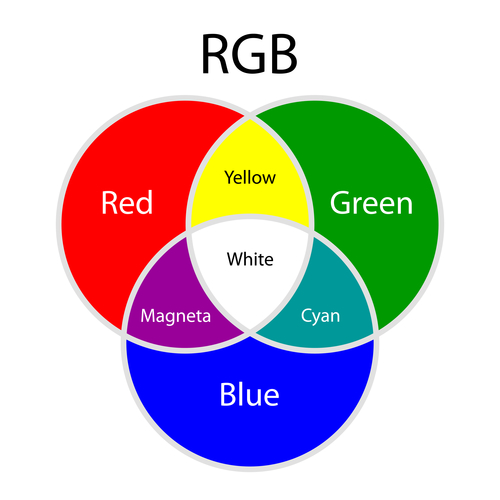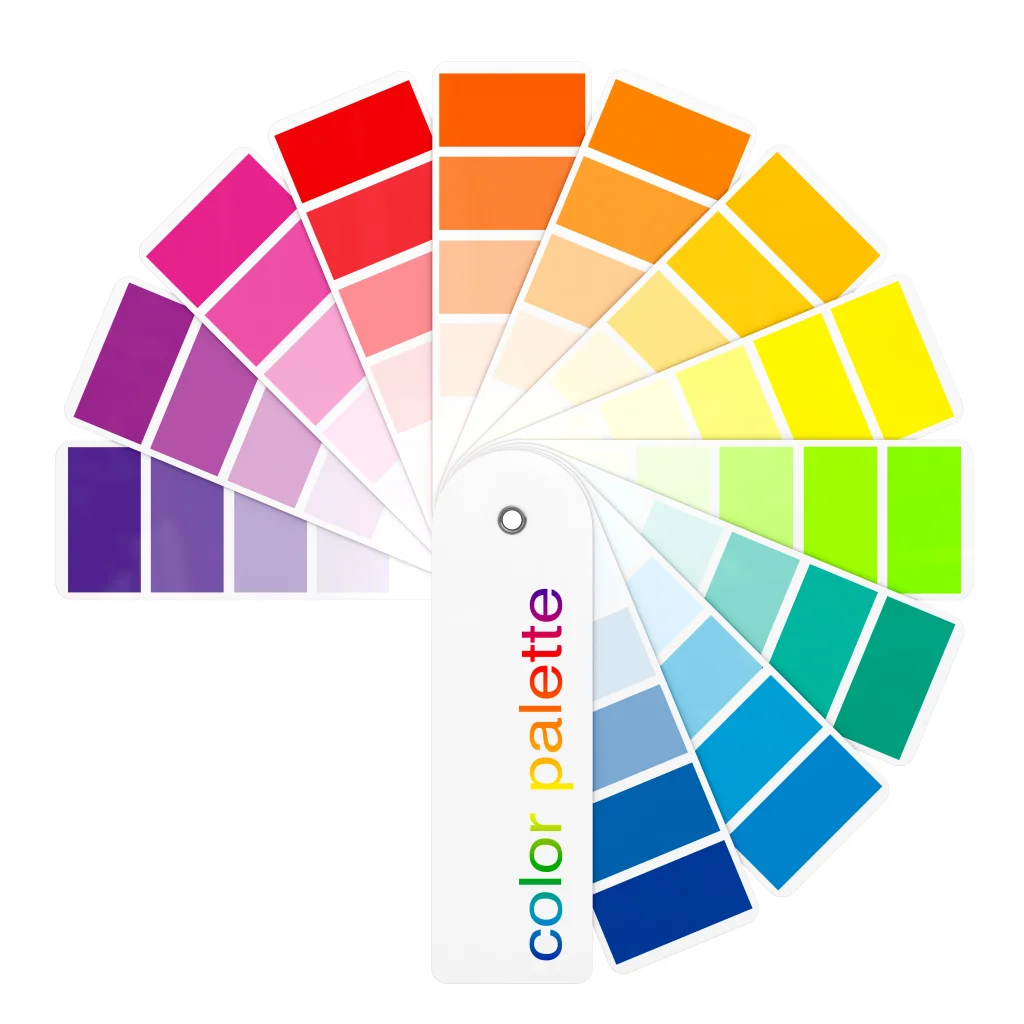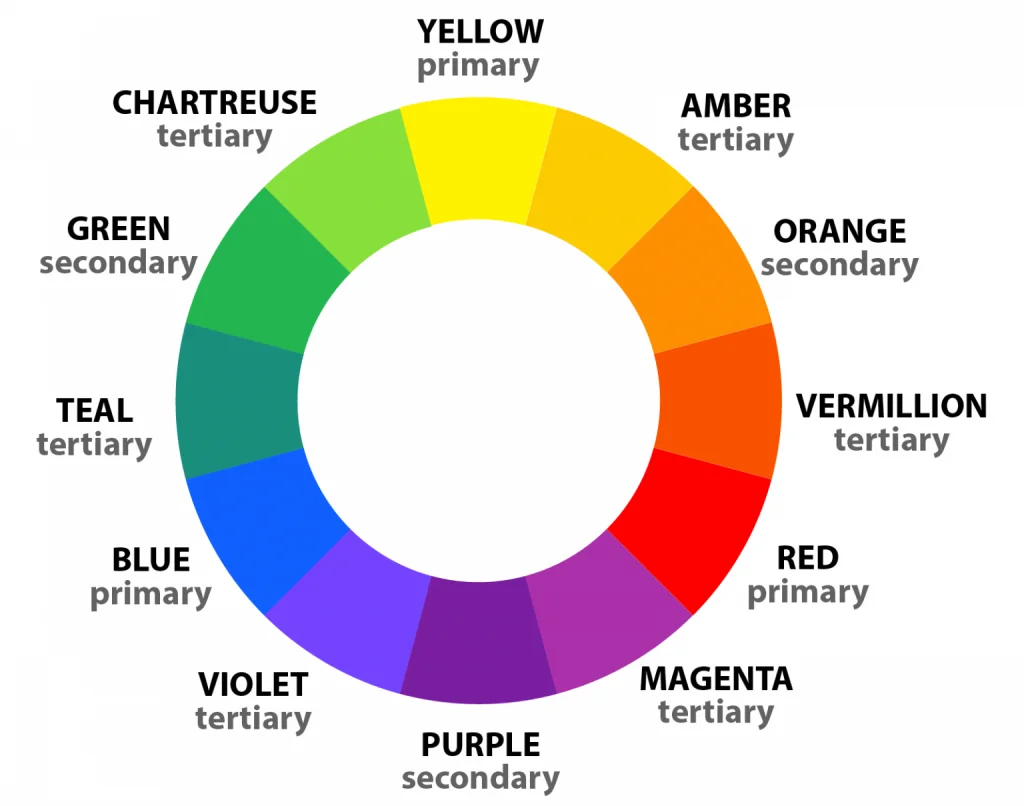Table of Contents

Yellow is a primary colour in the subtractive colour mixing system, which is commonly used in painting. When mixing colours in this system,
You can create Yellow by combining two specific primary colours: Red and Green. Here’s how you can do it:
The Colour Mixing Process

To create yellow, you’ll need to mix two primary colours: Red and Green. Red is one of the primary colours, and green is a secondary colour created by mixing blue and yellow. When you combine red and green in the right proportions, you’ll achieve a vibrant and warm shade of yellow.
Understanding Colour Basics

Before we dive into the specifics of creating yellow, let’s take a moment to understand the basics of colour mixing. Colours are typically classified into three categories: primary, secondary, and tertiary. Primary colours are the foundation of all other colours and cannot be created by mixing other colours together. The primary colours are red, blue, and yellow.
Steps to Create Yellow Colour
- Gather Your Supplies: Before you begin, make sure you have acrylic paints in red and green, a mixing palette, and brushes.
- Start with Red: Squeeze a small amount of red paint onto the mixing palette.
- Add Green Gradually: Begin by adding a tiny drop of green paint to the red. Remember, a little goes a long way.
- Mix Thoroughly: Use a brush or a palette knife to blend the colours together. Mix until you achieve a uniform shade. You might need to adjust the proportions to get the desired level of yellow.
- Test and Adjust: Before applying the mixed colour to your project, test it on a scrap piece of paper. If it’s not the exact shade you’re aiming for, make slight adjustments by adding more red or green as needed.
- Record Your Recipe: Once you’re satisfied with the shade of yellow you’ve created, jot down the proportions of red and green you used. This will be handy if you need to recreate the colour in the future.
Tips for Success in Creating Yellow Colour
- Start Light: It’s easier to darken a colour by adding more pigment, so begin with lighter shades of red and green.
- Mix Slowly: Add the green paint gradually to control the intensity of the resulting yellow.
- Use White Sparingly: If your yellow turns out too bright or intense, you can tone it down by adding a small amount of white paint.
- Practice Makes Perfect: Don’t be discouraged if you don’t get the perfect shade of yellow on your first attempt. Experiment with different proportions until you achieve the desired colour.
FAQ
1. What colors to mix to get yellow?
Yellow is a primary color and cannot be made by mixing other colors.
2. Do red and green make yellow?
No, when you mix red and green you get a brown or gray color.
3. What color light makes yellow?
Yellow light can be produced by mixing red and green light, in the right intensity and proportion.
4. How was the color yellow made?
Historically, the color yellow was made from various natural sources such as turmeric, saffron, or yellow ochre. Today, it is made synthetically.
Conclusion
Creating the perfect shade of yellow by mixing red and green is a rewarding process that allows you to tailor the colour to your specific needs. Remember to start with small amounts, mix slowly, and test your colour before applying it to your project. With practice, you’ll become more confident in your colour-mixing abilities and be able to achieve a wide range of vibrant and beautiful yellows for all your creative endeavours.
Remember that the specific shades of red and green you use will impact the resulting yellow colour. Different brands and pigments can have varying hues and intensities, so it’s a good practice to experiment with small amounts before applying the mixture to your actual artwork.
Keep in mind that colour mixing can be both fun and educational, allowing you to explore a wide range of colours and hues by combining different pigments.
